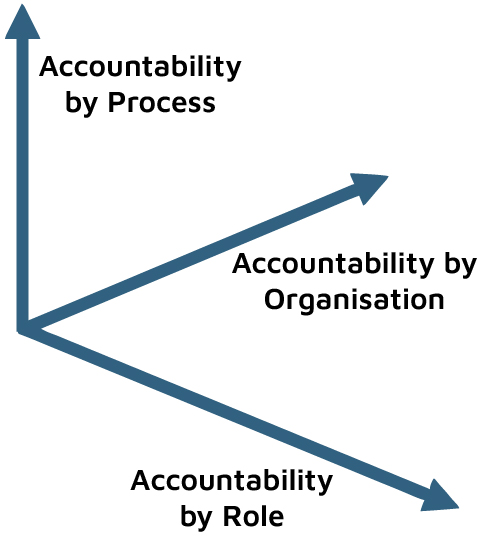Transformation without clear accountabilities is theatre. True change requires transparency, ownership, and structured authority. At Sixfootfour, we deliver that clarity—so your transformation isn’t just designed, it’s delivered.
Clear accountabilities cultivate a culture of ownership, where managers assume responsibility for their actions and deliverables. Furthermore, well-defined accountabilities streamline decision-making and enhance the organisation’s agility and responsiveness to evolving circumstances. They’re not simply good governance—they’re foundational to effective transformation.
Accountability ensures alignment, and alignment drives momentum.
Everyone within the organisation should be able to answer the question: What am I accountable for? That clarity drives accountability and fosters trust.
- People Managers need certainty that their teams understand their role accountabilities and how those responsibilities shift from process to process.
- Governance and Compliance Managers rely on up-to-date accountability maps to track obligations and enforce risk controls.
- Business Improvement Managers require a clear process taxonomy that highlights ownership and improvement opportunities.
- HR Managers must ensure Position Descriptions reflect real roles tied to active processes—avoiding misalignment between people and operations.
- Audit Managers depend on live process maps and change logs to verify currency and track who has modified what and when.
Without this shared accountability model, transformation falters. When roles are unclear, decisions are deferred, rework increases, and performance stagnates.
Delegated authority is the mechanism by which organisations empower change without compromising control. It enables faster decision-making, reduces escalation bottlenecks, and activates frontline ownership.
When paired with clear accountabilities, delegated authority becomes a strategic lever. It allows transformation efforts to proceed with autonomy—while retaining accountability through defined decision rights. For governance teams, this alignment provides assurance. For operational teams, it creates space to act.
Our specialist methodology, used as ‘stand-alone’ or in conjunction with our proprietary platform is specifically designed to expose and publish the relationships between process, roles, and accountabilities. It’s not just visibility—it’s structural clarity that supports confidence and control.
We enable managers, leaders, and auditors to see both the process architecture and its ownership at a glance—bridging the gap between documentation and operational realities.

